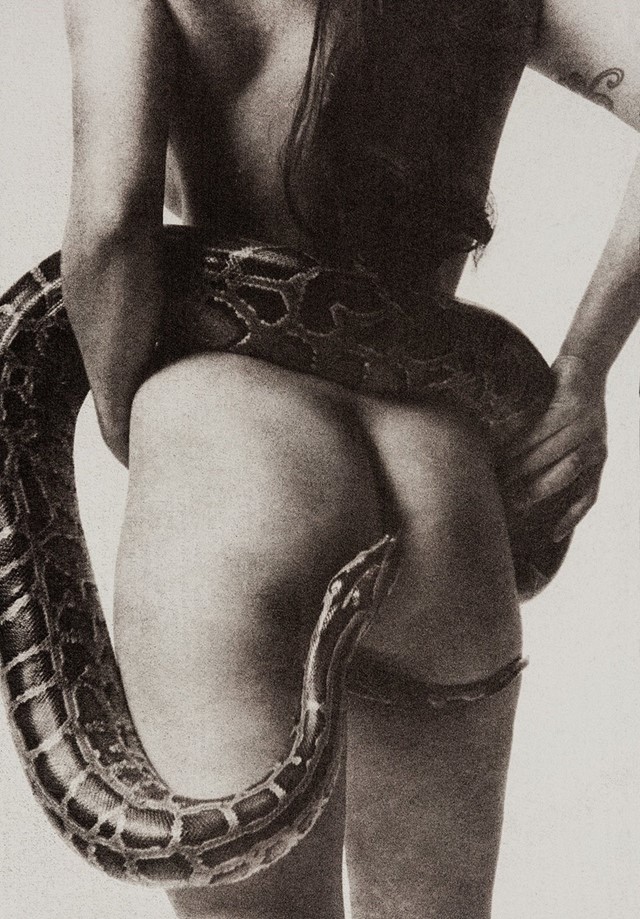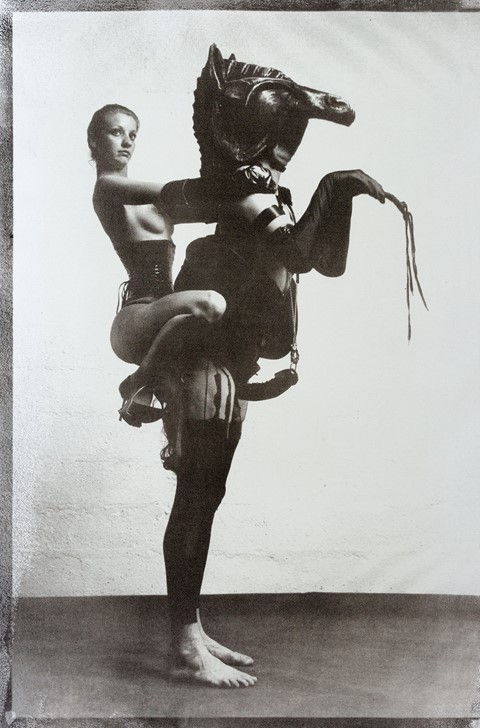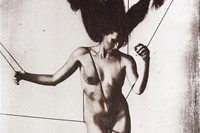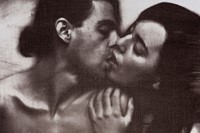Erotic photographer Laurent Benaïm recontextualises the controversial, and invites viewers to see the beauty in the taboo
“I never pay my models, which guarantees that they come to me because of a desire to manifest their sexuality. They are not at my service – the relationship between us is a form of artistic collaboration,” says French photographer Laurent Benaïm. For nearly 30 years, volunteers of different ages, genders and dispositions have come to Benaïm in the hope of transforming their sexualities into fine art. Benaïm has dedicated his entire practice to this task, capturing moments of transgressive and explorative sex and intimacy. This month, Taschen is publishing a book of his work, bringing Benaïm’s work to a much wider audience.
As a young man, Benaïm’s interest in sex and sexuality led him to art books, where he spent hours poring over images of the nude form. “I attended a school of photography in 1982 and became instantly and instinctively interested in the representation of sexuality,” he tells AnOther. “Over time, I became aware of the fundamental importance of everything that entwines eroticism with sex and feelings of love by embarking on a genuine undertaking to bear witness to the diversity of sexuality.” After graduating, Benaïm made an important discovery: he found a photographic print created through an antique chemical process, which stopped him in his tracks. After doing some research, he found the secret behind this bichromate print technique (laid out in a book published in 1850) and this became foundational to his creative process.
Benaïm’s first photo shoot with a couple was another pivotal moment. The most important relationship shifted from being between the photographer and subject, to the subjects themselves, unlocking a new realm of possibility. From there, he began to capture their intimacy, gradually focusing on alternative or extreme sexual practices. “The real transgression of my pictures is that they bear witness to fulfillment through the excitement and jubilation of exposed bodies and of sexual practices that take place outside of all forms of normative oppression,” he says. Before shooting, Benaïm speaks with his subjects about their sexual preferences and practices. And, together, they work out a scenario which is “photographically interesting, while true to those practices”. Through his images, the photographer seeks to celebrates the very things that mainstream society has historically shamed.

Benaïm’s work brings together a highly modern approach to sexuality and a very traditional one to photography, which is one of the reasons it’s so striking. It also makes its subject harder to identify – but that’s not the real reason he does it. “People assume I use gum (bichromate processing) because it softens the sexual intensity of the image,” he says. “On the contrary, I don’t want to soften it; I want to dramatise it.” Dramatised indeed, Benaïm’s charged images challenge what we might think about different forms of sex, turning practices considered extreme or explicit into images with true artistic merit.
Laurent Benaïm, edited by Dian Hanson, is out now, published by Taschen.



